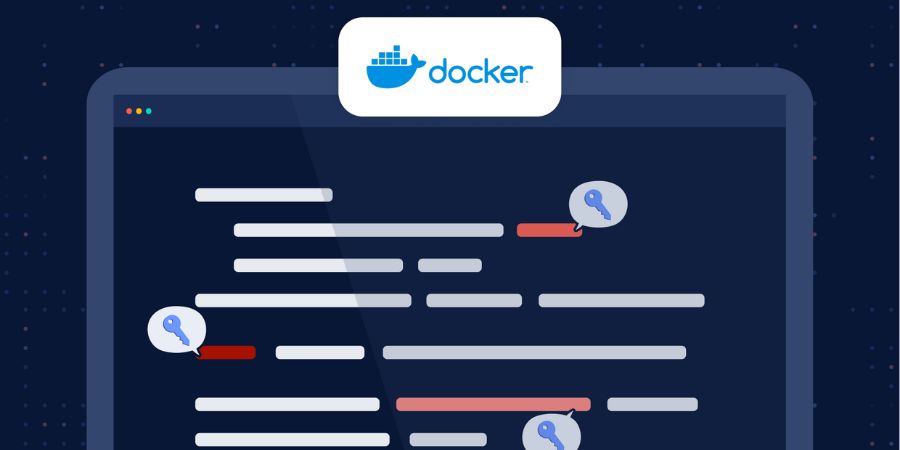Getting Started with Docker
Docker is a helpful tool in software development and deployment that makes containerization easier. With Docker, developers can put their applications and all the things they need into one box and then easily put it on any computer that has Docker installed. Developers don't have to worry about differences in operating systems or other dependencies while deploying their applications anymore.
Docker helps to control and enlarge containers, which makes it simpler to put into action and handle software in a spread-out setting. Docker changed how software is made and put out, which made it quicker, better, and more dependable.
You can use Docker to put your program and its requirements into a movable container. This makes sure things stay the same and can be done again in different places. This article is a simple guide to help someone who is new to Docker.
What is Docker?
Docker is a free tool that helps programmers put their apps into small, separate boxes so they can easily be sent out to other computers. Containers keep everything an application needs in one place, including its dependencies and configurations. Containers are lighter, quicker, and more effective than traditional virtual machines because they utilize the host operating system's kernel.
Key Concepts of Docker:
- Images: Docker images are like plans for making containers. An image has everything necessary to run an application and cannot be modified. This means all the things needed to run a program, like the code, how it works, extra parts used by it, and tools for the computer.
- Containers: Containers are like copies of pictures that Docker makes." These are separate places that operate programs and their needs all alone. Every box has its own system for files, communication, and running programs.
- Dockerfile: A Dockerfile is a file with directions for making a Docker image. This sentence explains that the container's starting process is defined by setting up its base image, necessary packages, configurations, and commands.
- Registry: Docker Registry is a special place where people keep and share Docker images. The Docker Hub is where things are usually stored for everyone to see. You can make your own registry to have more safety and power.
Getting Started with Docker:
To begin, put Docker on your computer. Docker has setup options available for different operating systems like Windows, macOS, and Linux. Go to Docker's website and do what they say to install it on your device.
After installing Docker, you can utilize the Docker CLI to handle containers and communicate with Docker. Get to know the important Docker actions like creating pictures, executing containers, and handling the Docker setting.
Create a file called Dockerfile for your program and choose a starting image. Please duplicate the program's code and specify any necessary settings. You can make an image from the Dockerfile using Docker CLI. Make sure the image was created successfully by using the command "docker images".
To begin using your image, you can start a container by utilizing the docker run command. If needed, connect the container's ports to the computer and give any necessary environment settings or storage areas. Try your application inside the container by getting into the running container.
Docker Compose helps you to describe and operate multiple Docker applications that have many containers. You can use a YAML file to explain the services, networks, and volumes of your application. Learn about Docker Compose for handling complicated programs that have various containers and interdependencies.
Conclusion:
Developers can use Docker to easily package their applications into portable and uniform containers. You can make your development and deployment workflows more efficient by knowing the main ideas of Docker, like images, containers, Dockerfiles, and registries. You can make your development and deployment workflows more efficient by learning about Docker's main ideas, including images, containers, Dockerfiles, and registries.
Begin your Docker experience by setting up Docker, trying out creating pictures, and operating containers. Docker can help you update your application deployments and adopt containerization in your software development journey because it is versatile and scalable.





No comments